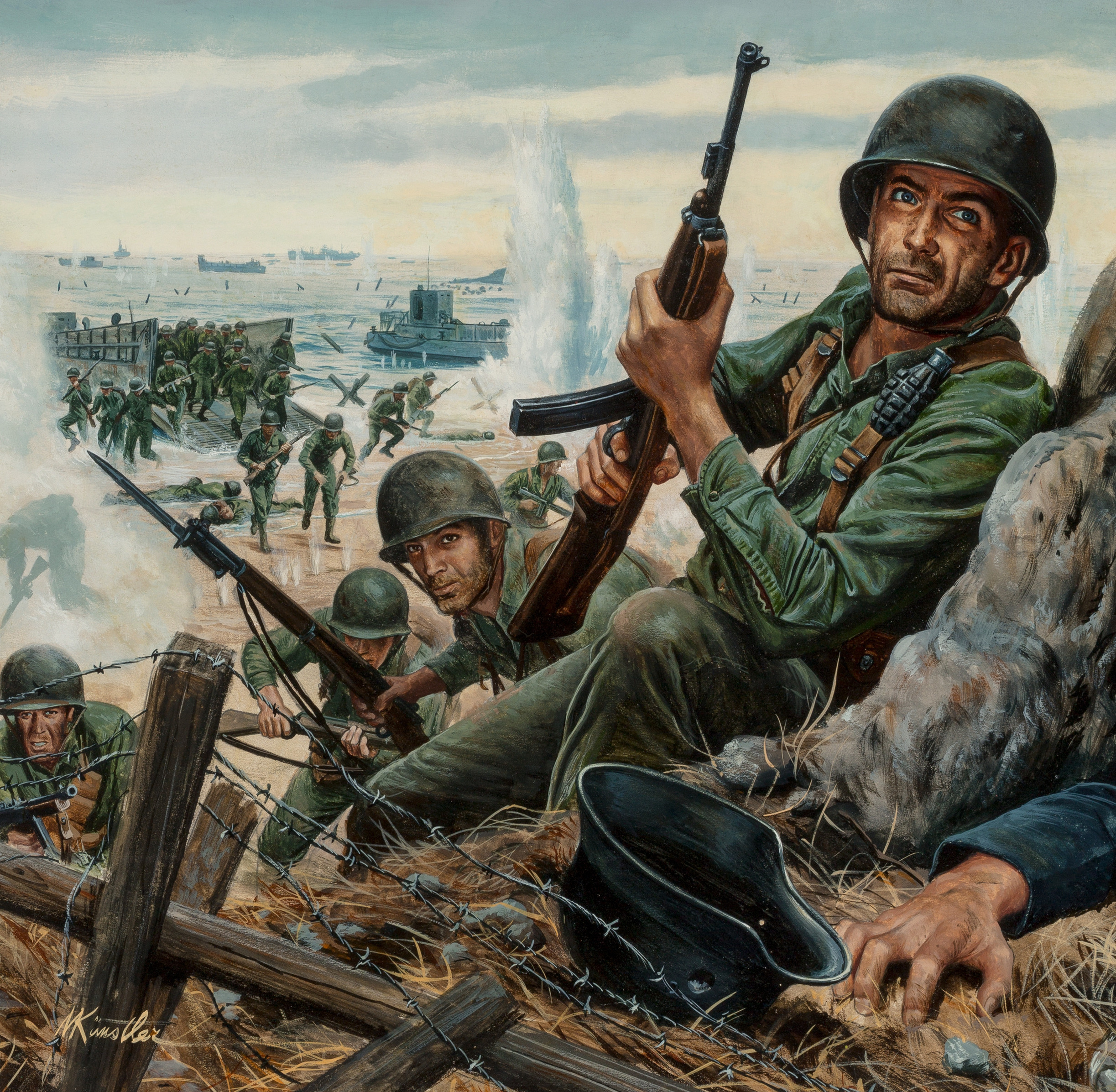
By Jim O’Neal
By 1944, it was clear that World War II would end the following year and America had a difficult question to answer: What to do with the 16.35 million men and women serving in the armed forces when they came home from the war?
One estimate from the Department of Labor was that up to 15 million of them would be unemployed since the economy (which was winding down) would not be able to absorb them, especially in an orderly fashion. A similar post-war situation of lower production and a bulge of returning veterans had resulted in a sharp depression after WWI, from 1921 to 1923. To further complicate things, the world was in worse economic shape following the devastation the war had produced. The government had tried a cash bonus program and it failed so miserably that many Americans were angry for the next decade.
President Franklin Roosevelt was well aware of the potential implications and determined to avoid a repeat performance. He proactively took to the nation’s airwaves, proposing a series of benefits for all the men and women who had sacrificed so much for the country. The veterans’ self-appointed lobby, the American Legion, grabbed onto the proposal with both hands – as did Hearst newspapers. Legion publicist Jack Cejnar came up with the term the “G.I. Bill of Rights,” officially passed as the Servicemen’s Readjustment Act of 1944.
Returning veterans could borrow up to $2,000 to buy a house, start a business or start a farm. They would receive $20 a week for 52 weeks, until they found a job. There would be lifelong medical assistance, improved services for those disabled in action, and a de facto bonus of $1,300 in discharge benefits.
The effect of the program was substantial and immediate. By 1955, 4.3 million home loans worth $33 billion had been granted. Veterans were responsible for 20 percent of all new homes built after the end of the war. Instead of another depression, the country enjoyed unparalleled prosperity for a generation.
However, few veterans bothered to collect their $20-a-week unemployment checks. Instead, they used the money for the most significant benefits of all: education and vocational training. Altogether, 7.8 million vets received education and training benefits. Some 2.3 million went to college, receiving $500 a year for books and tuition, plus $50 a month in living expenses. The effect was to transform American education and help create a middle class.
College was sheer bliss to men used to trenches and K-rations. By 1946, over half the college enrollments in the country were vets, who bonded into close, supportive communities within the wider campuses. Countless G.I. Bill graduates would go on to occupy the highest ranks of business, government and the professions, and even win Nobel Prizes.
The number of degrees awarded by U.S. colleges and universities more than doubled between 1940 and 1950 and the percentage of Americans with bachelor degrees or more rose from 4.6 percent in 1945 to 25 percent a half century later. Joseph C. Goulden writes in The Best Years, 1945-1950 that the G.I. Bill “marked the popularization of higher education in America.” After the 1940s, a college degree was considered an essential passport for entrance into much of the business and professional world.
Thanks to the G.I Bill, a successful entrance into that world was created for the millions of men and women who kept our world free and assured its future. Along the way, they also helped rebuild a world that had been ravaged.
I offer you the Greatest Generation!
 Intelligent Collector blogger JIM O’NEAL is an avid collector and history buff. He is president and CEO of Frito-Lay International [retired] and earlier served as chair and CEO of PepsiCo Restaurants International [KFC Pizza Hut and Taco Bell].
Intelligent Collector blogger JIM O’NEAL is an avid collector and history buff. He is president and CEO of Frito-Lay International [retired] and earlier served as chair and CEO of PepsiCo Restaurants International [KFC Pizza Hut and Taco Bell].
